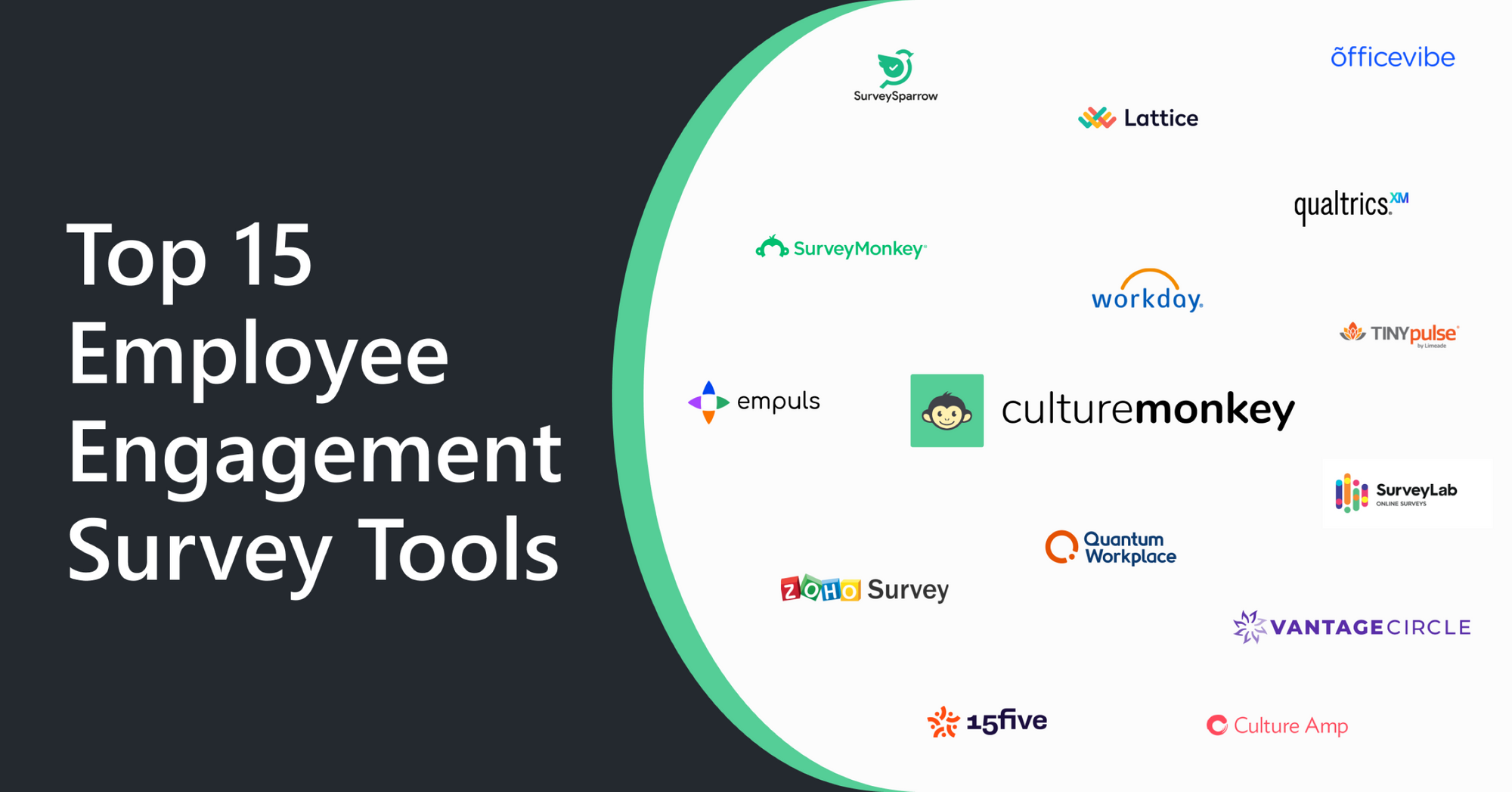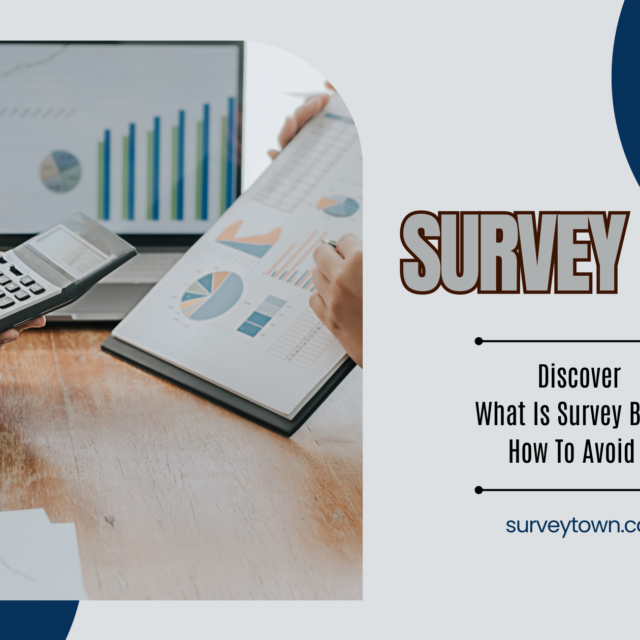Welcome to our comprehensive guide on employee survey tools. In this article, we will explore the most effective tools available to measure employee satisfaction and improve engagement within your organization. By utilizing these top-notch survey tools, you can gain valuable insights into your workforce’s needs and concerns and drive positive change to enhance overall company success.
Understanding Employee Satisfaction Surveys
As experts in the field, we fully grasp the significance of measuring employee satisfaction. It directly impacts productivity, retention rates, and overall company success. By conducting regular satisfaction surveys, you can gain invaluable insights into your workforce’s needs and concerns. Here are some key components that make up an effective satisfaction survey:
- Clear Objectives: Define specific aspects of employee satisfaction you want to measure, such as work-life balance, compensation, and benefits, career growth opportunities, or communication within the organization.
- Confidentiality: Ensure that responses remain confidential to encourage honest feedback from employees.
- Well-Structured Questions: Craft well-structured questions that cover various facets of job satisfaction, utilizing both closed-ended and open-ended formats.
- Regular Timing: Conduct surveys at regular intervals to track changes in employee sentiment over time.
- Actionable Insights: Utilize survey data to drive positive change within the organization by asking targeted follow-up questions based on initial responses.
Now, let’s explore the top tools that can simplify the process of measuring employee satisfaction and engagement.
Top Survey Tools for Measuring Employee Satisfaction
When it comes to measuring employee satisfaction, selecting the right tools is crucial. As experts in this field, we can confidently recommend some of the best tools available that will provide you with valuable insights into your employees’ experiences and help you make data-driven decisions.
1. SurveyTown
SurveyTown is a highly regarded survey platform that offers a range of features and benefits to its customers. With its user-friendly interface and customizable templates, SurveyTown makes it easy for organizations to gather valuable feedback from employees. The platform also prioritizes security and confidentiality, ensuring that participant anonymity and sensitive data are protected.
2. SurveyMonkey
SurveyMonkey has established itself as one of the most widely-used tools due to its versatility and advanced capabilities. This software provides customizable templates tailored to various research needs along with robust data analysis functionalities. Its intuitive interface ensures ease of use while delivering comprehensive reports that enable HR teams to extract meaningful information from surveys effortlessly.
3. Typeform
Typeform is a highly regarded platform that offers a unique and engaging experience to its customers. With its visually appealing and interactive interface, Typeform allows organizations to create surveys that captivate respondents and encourage higher engagement. The platform provides advanced customization options, real-time analytics, and seamless integration with other tools, making it a versatile and user-friendly platform.
4. Officevibe
Another top-notch tool is Officevibe. This platform offers essential features like anonymous employee feedback, real-time insights, and interactive dashboards that visually break down company data. By utilizing Officevibe’s user-friendly interface, HR professionals can easily measure satisfaction levels while gaining actionable insights to enhance their organization’s culture.
5. Google Forms
Google Forms stands out as a free and user-friendly tool that simplifies the creation and distribution process. While offering basic reporting features, Google Forms seamlessly integrates with other Google tools such as Sheets and Drive. This makes it convenient for HR teams already utilizing these platforms in their day-to-day operations.
6. Qualtrics
Qualtrics is a leading platform that offers a wide range of features and benefits to its customers. With its intuitive interface and customizable survey designs, Qualtrics makes it easy for organizations to gather valuable insights from employees. The platform provides advanced analytics and reporting capabilities, allowing businesses to analyze data in-depth and make data-driven decisions.
7. Nfield
For organizations seeking real-time analytics integrated with popular HR platforms, Nfield is an excellent choice. This tool offers a wide range of question types designed to gather nuanced insights from employees effectively. By leveraging Nfield’s seamless integration capabilities with existing systems, businesses can streamline their recruitment processes while obtaining valuable feedback on staff engagement levels.
8. Zoho Survey
Zoho Survey is a versatile tool that allows organizations to create customized surveys using its wide range of templates. With multi-language support and seamless integration with other HR systems, Zoho Survey ensures that language barriers do not hinder the collection of valuable feedback from employees. This platform empowers HR professionals to measure satisfaction effectively while aligning their efforts with organizational goals.
9. SurveyLegend
SurveyLegend offers a user-friendly interface combined with real-time analytics capabilities, making it an excellent choice for measuring employee satisfaction. Its extensive selection of question types enables organizations to gather comprehensive insights into various aspects of their workforce’s experiences. Additionally, SurveyLegend provides customizable designs, allowing businesses to tailor surveys according to their specific needs.
10. Trakstar
Trakstar stands out as a powerful tool specifically designed for performance management and talent development. With its comprehensive features, such as anonymous employee feedback, eNPS tracking, and detailed reports, Trakstar empowers organizations to gain deep insights into their workforce’s engagement levels and identify areas for improvement.
Each of these tools has its own strengths and considerations. Choose the one that aligns best with your organization’s needs and goals.

Maximizing the Impact of Your Employee Satisfaction Survey
Now that you have selected the right tool, it’s important to maximize the impact of your employee satisfaction survey. Here are some expert tips and best practices:
- Best Practices for Conducting Employee Satisfaction Surveys:
- Clearly define the purpose of your survey.
- Ensure anonymity to encourage honest feedback.
- Use a mix of question types to gather comprehensive insights.
- Keep the survey concise to maximize participation.
- Communicate effectively with employees throughout the process.
- How To Analyze and Interpret Survey Results:
- Analyze quantitative data using statistical tools or software programs.
- Dive deeper into qualitative data obtained from open-ended questions.
- Compare results over time to identify trends and improvements.
- Actionable Steps To Improve Satisfaction:
- Address specific concerns raised by employees based on results.
- Involve employees in decision-making to increase engagement.
- Communicate actions taken to show the impact of feedback.
By following these tips and best practices, you can create a more engaged workforce and foster a positive work environment within your organization.
Choosing the Right Tool for Your Organization
Choosing the right tool is crucial for effectively measuring satisfaction. Consider the following factors when making your decision:
- Clearly define your purpose and objectives for conducting satisfaction surveys.
- Look for essential features like customizable questionnaires, real-time reporting, and integration options.
- Choose a user-friendly survey tool that saves time and guarantees a seamless experience.
- Ensure seamless integration with existing HR software or systems.
- Opt for a scalable solution that can accommodate your organization’s growth.
- Prioritize security measures to protect participant anonymity and sensitive data.
- Evaluate pricing plans based on your organization’s unique needs and budget.
- Consider the availability of stellar customer support and training resources.
By carefully considering these factors, you can choose the perfect survey tool that aligns with your organization’s needs and goals.

Conclusion
Measuring employee satisfaction is absolutely crucial for enhancing engagement and driving overall company success. By utilizing powerful tools and cutting-edge software, you can gather valuable insights and drive positive change within your organization. It’s important to choose the right tools that align with your specific needs, as this will maximize the impact of your surveys. When it comes to measuring employee satisfaction, there are several key factors to consider.
First and foremost, selecting the best platform is essential. Look for a user-friendly interface that allows for easy customization and provides in-depth analytics. This will enable you to gain meaningful data that can be used to make informed decisions. Additionally, it’s vital to ensure that your surveys are designed effectively. Consider using a mix of open-ended questions and rating scales to capture both qualitative and quantitative feedback from employees. This comprehensive approach will provide a more holistic understanding of their experiences. Continuous improvement should also be a priority when measuring employee satisfaction through surveys. Actively listen to feedback provided by employees and take actionable steps toward addressing any areas of concern or dissatisfaction they may have highlighted. Regularly reviewing results will allow you to identify trends over time, enabling you to make targeted improvements in areas such as training programs or work-life balance initiatives.
By investing time into measuring satisfaction through well-designed surveys, you can create an engaged workforce that feels valued and supported by the company culture. This not only improves retention rates but also enhances productivity levels across all departments.
In conclusion, utilizing effective tools combined with strategic implementation strategies is key when it comes to measuring satisfaction accurately. By doing so, organizations can gain invaluable insights into their workforce’s needs while fostering a positive working environment conducive to growth and success.




